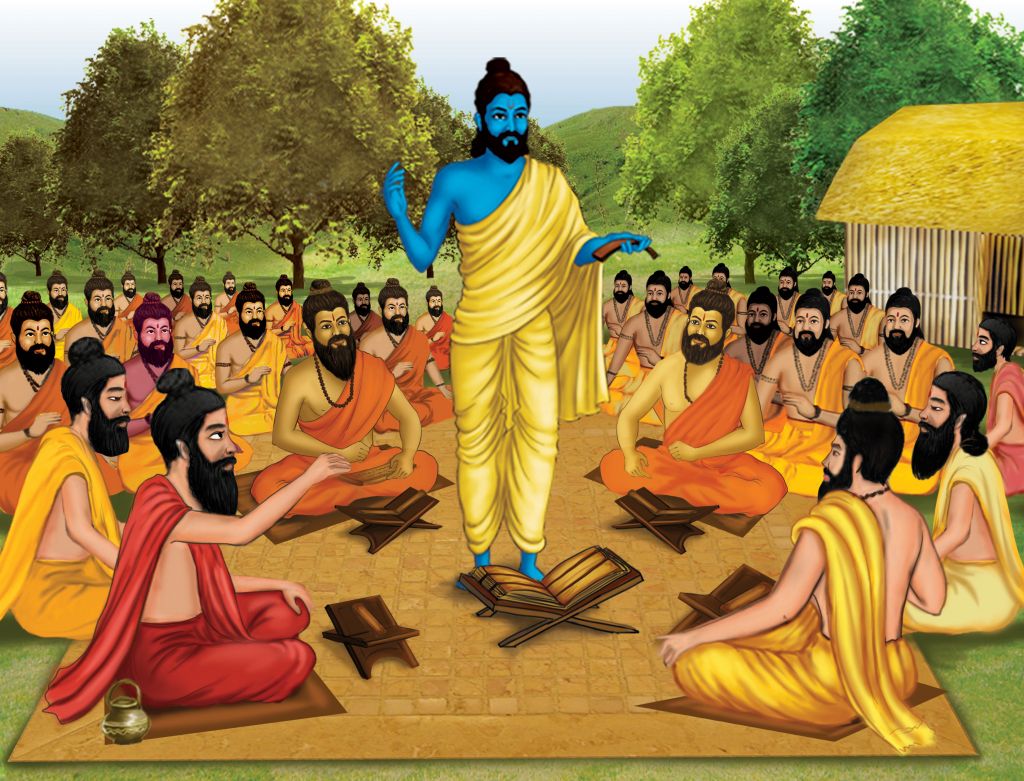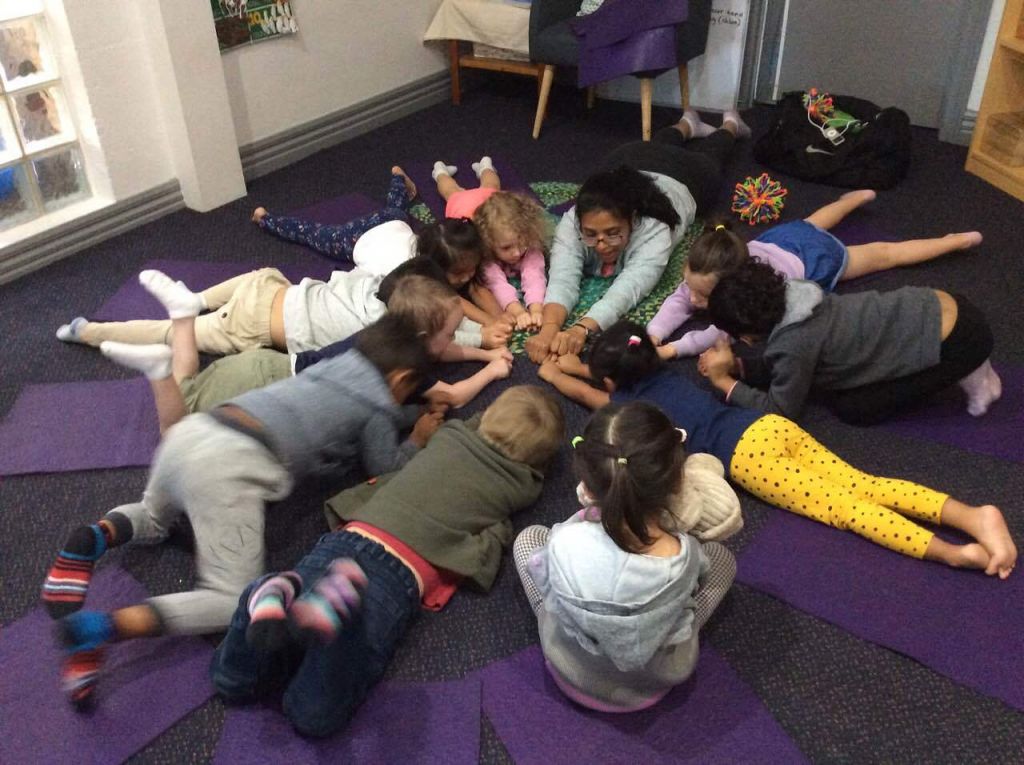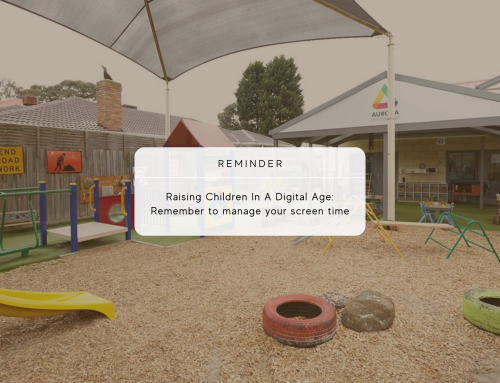Long before classrooms and textbooks became the norm, South Asia had a completely different approach to education; the gurukul system. Children would pack their little bags and leave their families at a young age to live with a guru – an extremely knowledgeable teacher who saw educating learners as his highest priority and life’s purpose. The guru, also known as the acharya would not ask for fees from his students, but received dakshina – a gesture of respect which may be monetary or a service – from students when they left him.
Students would stay with their gurus for extended periods of time; Students who were there until the age of 24 were Vasu students, while Rudra students were there until the age of 36 and Aditya students lived with their gurus until they were 48 years old.
A Day In The Gurukul Life
Students would rise with their guru at dawn and meditate for a significant amount of time, focusing on positivity and peace. Then they would begin daily chores including washing dishes and clothes, cleaning and tending to animals, all which teach students practical skills and highlight the power of productivity.

In the afternoons, they would assemble in a large courtyard to listen to teachings and stories from their guru and engage in mental exercises which developed their intelligence and critical thinking. These included teachings from Vedic Literature like the Rig-Veda and the Atharva Veda.
As the day wound down, they would spend time meditating on lessons of the day and relaxing their bodies for restful sleep.
While food was always available, students were encouraged to eat moderately as a part of their lessons in discipline. Through the day, they also practised yoga to strengthen their bodies.
After their many years of education, students stepped back into the outside world as well-rounded, intellectual individuals with a deep spiritual awareness, an appreciation of the importance of culture as well as knowledge about how to approach practical tasks. Gurukul system students had also achieved high levels of mindfulness, which allowed them to channel their attention to the present moment and experience.
Bringing The Gurukul System into Modern Day Education
To many today, the gurukul system seems bizarre and unstructured. Living with your teacher? No set curriculum or routine? Nothing doing! How will a child learn anything? However, educationists have recently begun looking back at the gurukul system and have started to recognize that there’s many valuable insights and approaches they can take away from it.
We live in a world where indulgences and activities are available at a quick swipe of a finger. Consequently, it’s never been more important to understand the value of a balanced life, which the gurukul system highlighted. The idea of balance should be taught to learners from a young age which will help them make informed decisions about their diets, exercise, work and the way they choose to spend their time.

This balance should extend both to mental and practical pursuits. In many cases, the modern education system places an emphasis on subject-based knowledge like Maths, Languages and Sciences. However, equally important for a well-rounded mind is practical knowledge which can include something as simple as crossing a road safely or caring for one’s immediate environment. Mindfulness, is just as important as it allows individuals to experience joy and deep understanding of each moment and brings heightened focus to every activity they engage in. Taking inspiration from the gurukul system, education should focus on teaching all three of these different skills to produce well-rounded, capable individuals. At Aurora Early Childcare Education, for instance, our curriculum includes times when our learners are encouraged to work on their numeracy and literacy skills and time for them to learn practical skills like serving themselves food or wearing their own hats.
Another important takeaway from the gurukul system is the respect for and connection which students have for their teachers. Modern-day research studies have found that when children have secure, trusting connections with their caregiver – be it parents or teachers – they are more likely to emulate them. They will also be more responsive to their lessons. Modern education systems can encourage strong bonding between teachers and children. This can be done through activities, games and training workshops for teachers which use research and field experience to highlight the best ways to bond with students. It’s also helpful to create a homely atmosphere where students feel relaxed; replacing routine tables and chairs with more colorful furniture or by conducting classes outdoors.
Several organisations in India and other countries have revived the gurukul system and successfully use it as a platform for delivery of education. These schools have proved successful in developing motivated, intelligent students.
Connections To The Early Years Learning Framework
If it’s been successful in high schools, isn’t it worth considering bringing some of the best aspects of the gurukul approach to early years programs? The Early Years Learning Framework (EYLF), developed by Australian state and territory governments and implemented in childcare centres across Australia, has some similar concepts to the gurkul system. Children’s lives, it states, are characterised by belonging, being and becoming. ‘Belonging’ explores a child’s need to feel like they belong, first to their family and then to their extended community, a feeling that students of the gurukul system enjoyed as they lived with their guru. The practice of mindfulness in gurukul education can be paralleled with the concept of ‘being’ in the EYLF, which states that children should focus on their present experiences and relationships. Meanwhile, the concept of ‘becoming’ considers that children are rapidly changing in their early years and that they should participate in learning which will help them become valuable members of society. In the gurukul system, while students were typically older they also left with skills and insights that made them important members of their community.

At Aurora, we draw from the East and the West to Connect with our environments and people. to establish a sense of Belonging. Care for ourselves and others brings about a sense of Being. In doing so we step towards Becoming and begin to Create a safer brighter future.
Through these connections, one sees that combining a modern approach to education and adapting ideas from the gurukul approach to a modern context may be what’s best for our young learners.
Have a trip to our Kindergarten in Melbourne CBD and Kindergarten in Doncaster.





